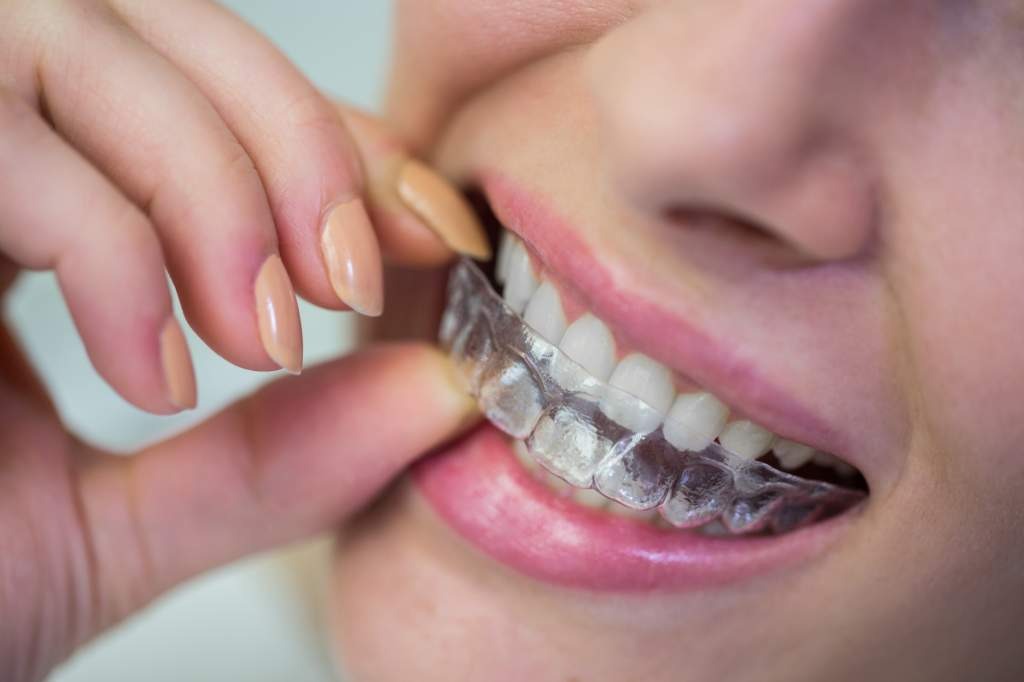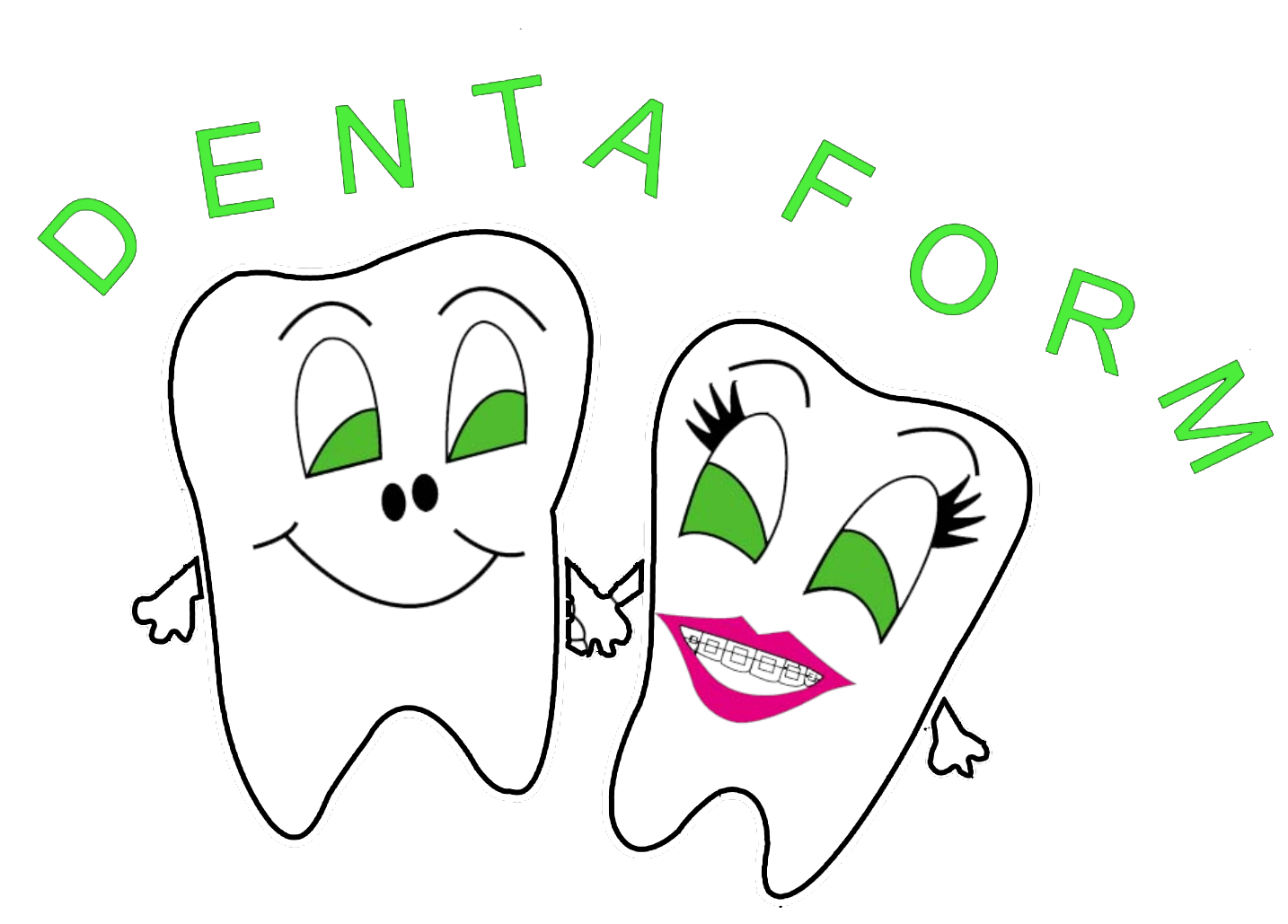Does the result of orthodontic treatment last forever?
Maintaining teeth in their corrected positions following orthodontic treatment can be extremely challenging. Teeth have a tendency to move back towards the original position as a result of periodontal, gingival, occlusal and growth related factors. However, tooth movement can also occur as a result of normal age changes. Because orthodontics is unable to predict which patients are at risk of relapse, those which will remain stable and the extent of relapse that will occur in the long-term, orthodontists treat all patients as if they have a high potential to relapse.
After a successful orthodontic treatment, it is important to work with your orthodontist so that your teeth remain in their new position. The most common way to prevent orthodontic relapse after orthodontic treatment is by wearing a retainer and/or having a fixed retainer.
A fixed dental retainer is an orthodontic appliance cemented onto the back of the teeth to hold them in place after removing braces or aligners. They are usually made of stainless steel wire. Since fixed retainers are cemented in place, they cannot be removed by the patient, and regular dental checkups are needed to check for proper fit and hygiene.
Removable dental retainers are orthodontic appliances designed to be taken in and out of the mouth by the patient. They are usually made of clear plastic similar to Invisalign aligners. They can be removed for eating, brushing, and flossing, but it is recommended to wear them as much as possible, especially at night.

